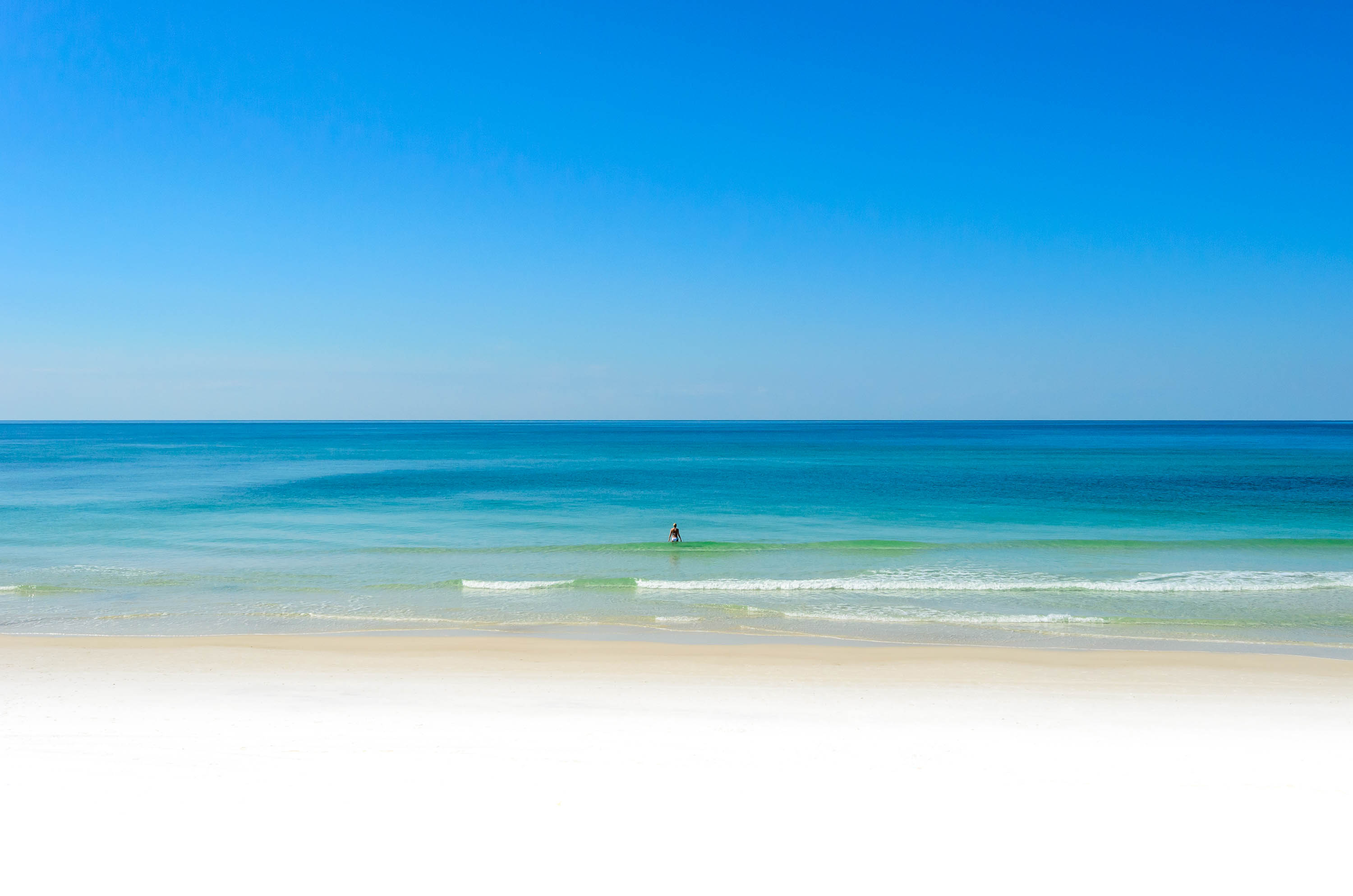Excerpt from an article written in the late 1990's: Army
Corp of Engineering Destroys Another Beach:
"Most of the repair is futile: more hand-wrestling with God along the shore.
"The emblem of the United States Corps of Engineers," writes Graham [Wade Graham, author of New Yorker Article "
Beachless], "is, fittingly enough, a fortified castle: what began for the purpose of national defense against human invaders has, over the years, become a military campaign against natural forces."
Graham traces the roots of the Corps' war against nature. They begin with construction of "battlefield fortificiations" in the Revolutionary War expanding in "subsequent conflicts...to include the construction of defense against naval threats and the management of navigable waterways. By the 1820s, the Corps was building jetties and seawalls...In this century, the Corps has spent billions of dollars to deploy and maintain its arsenal of engineered solutions to natural depredations on all the country's shorelines."
As to truly strengthening beaches, the Corps' taxpayer-supported efforts to strengthen the coastline does, in fact, the opposite, declares Graham. He cites the work of coastal geologists--including Pilkey [Duke University Geology Professor]--who have found that
"while hardened structures may save buildings, it actually accelerates beach erosion, bringing about the gradual disappearance of the natural resource that inspired people to build there in the first place."
He quotes Pilkey as saying the work the Corps of Engineers has been doing along the coasts of the U.S. involves a "fundamental misunderstanding of the beach."
He relates Pilkey's findings that "far from needing protection...beaches are protection--the continent's defense against the sea. The beach performs a kind of judo: it absorbs storm assaults by changing its shape, then rebuilds itself during the periods when waves are relatively gentle. Pilkey notes that a beach's set of responses to changes in the sea are so subtle and effective, so seemingly intelligent, that geologists call it `beach behavior.'"
"During storms, the beach gives up to waves sand that has been stockpiled in dunes, and the waves then carry the sand seaward and drop it on the bottom. This additional sand makes the beach flatter, and thereby forces waves to shoal and break earlier, thus lessening erosion.When calm seas return, the sand that has been moved offshore is slowly carried landward again by the orbital motion of the gentler waves, allowing the beach's defense to rebuild."
"Once a beach becomes `engineered," writes Graham, "it is, in effect, prohibited from responding to storm waves by flattening and becoming progressively steeper, thus increasing wave energy instead of asborbing it."
But the Army Corps of Engineers and beach house owners don't want to know about the realities of beach dynamics. They'd rather just continue to use millions and billions of dollars of tax money to try to bail out houses built where structures have little long-term future: on the beach."
----------------------------
Read the last couple paragraphs of the link "Beachless," I couldn't have said it any better myself.




 Those sonsofbitc....
Those sonsofbitc....